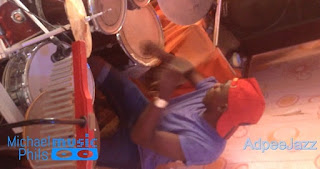Seven Best Common/Popular High-life drums groove for gospel praise songs
This tutorial of common/popular high-life drums groove for gospel songs is brought to you by AdpeeJazz
We bring to you 7 trending High-life grooves that you can use during a praise session as a drummer. Most beginners are stuck at playing only one style throughout a praise session; it shouldn’t be because it makes the praise session gloomy, boring and uninteresting.
There are seven video below, make sure you watch them to learn to play all the styles, and also share the videos with your friends. You should also subscribe to our YouTube channel so you can get updated with our latest drums videos.





